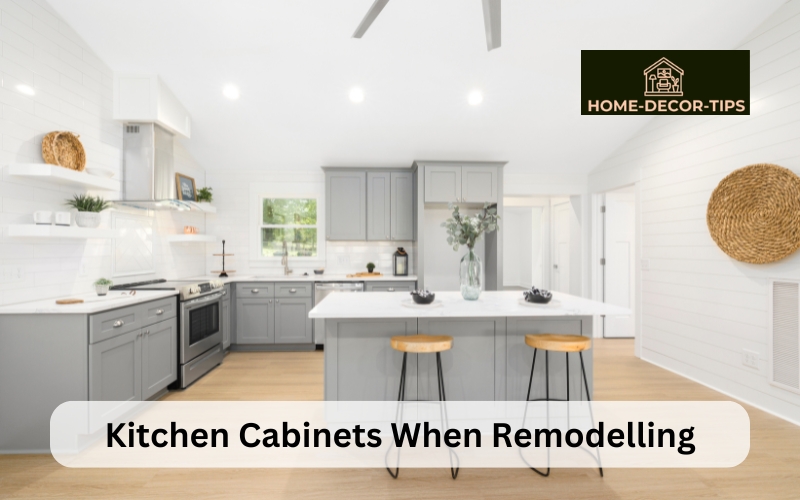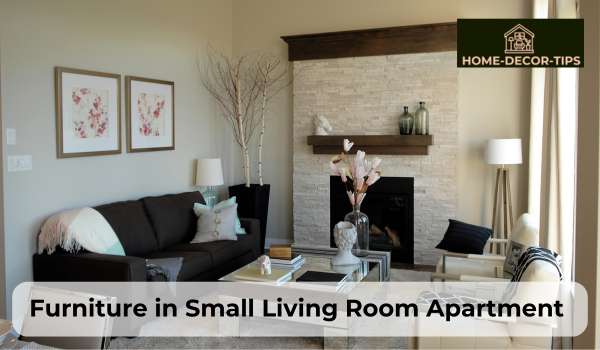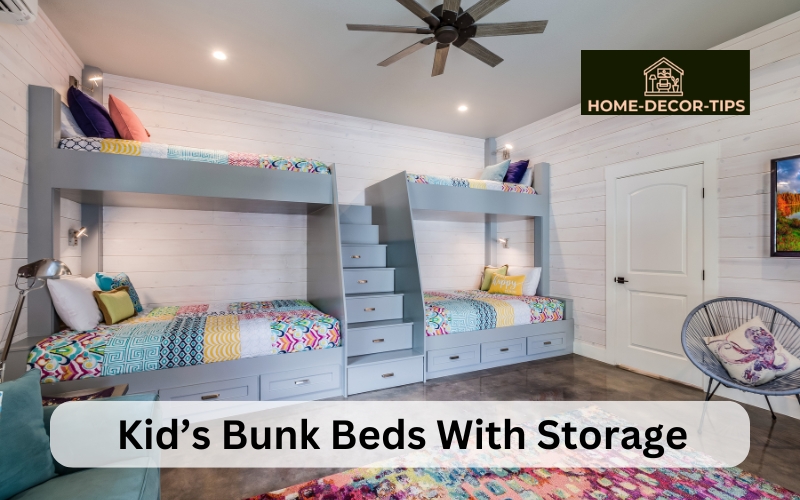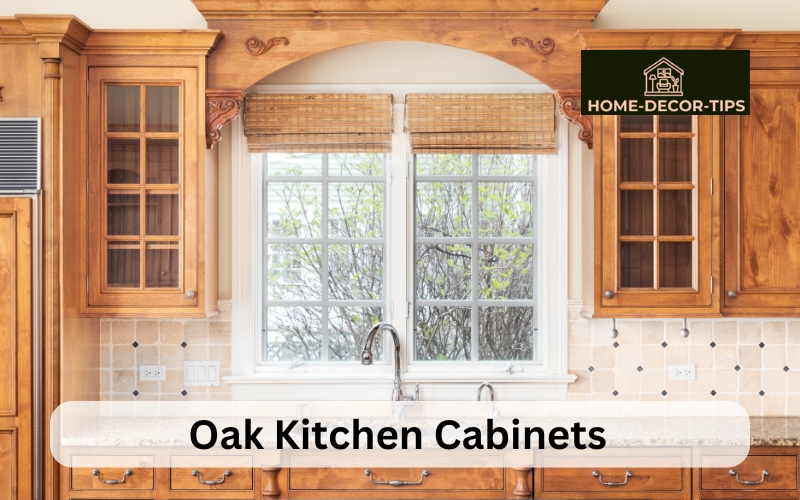How to choose kitchen cabinets when remodeling?

Remodeling your kitchen is an exciting endeavor that allows you to transform one of the most important rooms in your home. Among the many decisions you’ll need to make during the remodeling process, choosing the right kitchen cabinets is one of the most significant. Kitchen cabinets not only play a crucial role in providing storage and organization but also contribute significantly to the overall aesthetic and functionality of the space. Here’s a comprehensive guide to help you navigate the process of choosing kitchen cabinets for your remodel:
1. Determine Your Budget
Before you start exploring cabinet options, it’s essential to establish a realistic budget for your kitchen remodel. Cabinets typically account for a significant portion of the overall project cost, so understanding your budget cabinet constraints upfront will help you narrow down your choices and avoid overspending.
2. Assess Your Storage Needs
Consider your storage requirements and lifestyle preferences when selecting kitchen cabinets. Evaluate the items you need to store, including cookware, appliances, pantry staples, and utensils, as well as any specific storage solutions you may require, such as pull-out shelves, spice racks, or deep drawers. Customizing your cabinet layout to accommodate your storage needs will ensure that your kitchen is organized and functional.
3. Determine Your Style Preferences
Choose a cabinet style and design that complements the overall aesthetic of your kitchen and reflects your personal style. Whether you prefer classic, contemporary, transitional, or rustic charm, there are a variety of cabinet styles to suit every taste. Consider factors such as door profile, finish, hardware, and decorative accents to achieve the desired look and feel for your space.
4. Select the Right Materials
When it comes to kitchen cabinets, quality materials are essential for durability and longevity. Common cabinet materials include solid wood, plywood, medium-density fiberboard (MDF), and particleboard. Solid wood cabinets, such as those made from maple, cherry, oak, or walnut, are highly durable and offer a timeless appeal. Plywood is another popular choice for its strength and stability, while MDF and particleboard are more budget-friendly options suitable for painted finishes.
5. Consider Cabinet Construction
Pay attention to the construction and craftsmanship of the cabinets to ensure they meet your quality standards. Look for features such as dovetail joints, full-extension drawer glides, soft-close hinges, and adjustable shelves, which enhance functionality and durability. Visually inspect the cabinet doors, drawers, and frames for signs of sturdy construction and precise assembly.
6. Think About Layout and Configuration
Carefully plan the layout and configuration of your kitchen cabinets to maximize storage efficiency and optimize workflow. Consider factors such as the work triangle (the distance between the sink, stove, and refrigerator), traffic flow, and accessibility when designing your cabinet layout. Choose cabinet configurations that provide ample storage space while maintaining a cohesive and harmonious look throughout the kitchen.
7. Evaluate Finish Options
Selecting the right finish for your kitchen cabinets is essential for achieving the desired aesthetic and protecting the underlying material. Common cabinet finishes include stained wood, painted wood, laminate, thermofoil, and veneer. Choose a finish that complements your kitchen’s color palette and design scheme while offering durability and ease of maintenance.
8. Seek Professional Guidance
If you’re unsure about the best cabinet options for your kitchen remodel, don’t hesitate to seek professional guidance from a kitchen designer or cabinet specialist. These experts can offer valuable insights, recommend suitable products, and help you navigate the decision-making process with confidence. Working with a professional can streamline the cabinet selection process and ensure that your kitchen remodel meets your expectations.
In conclusion, choosing kitchen cabinets when remodeling involves careful consideration of factors such as budget, storage needs, style preferences, materials, construction, layout, finish options, and professional guidance. By taking the time to assess your requirements and explore available options, you can select kitchen cabinets that enhance the functionality, aesthetics, and overall value of your home. Investing in quality cabinets that align with your vision for your dream kitchen will result in a space that you’ll enjoy for years to come.







